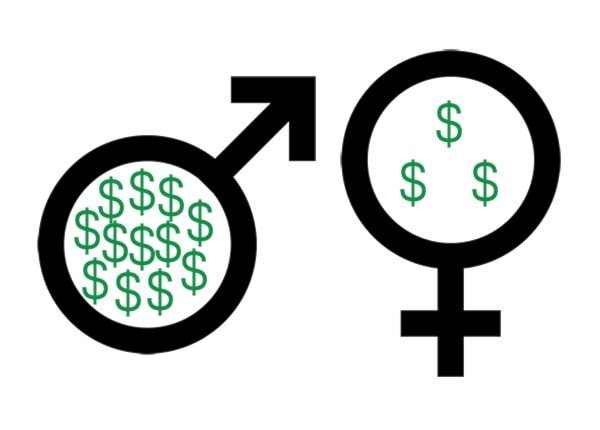Women still make up less than a quarter of highly paid employees at city hall and the Abbotsford school district, but administrators at the two public organizations say those ratios are changing.
Of the 32 non-firefighter employees who made more than $120,000 at the City of Abbotsford in 2015, seven were women, according to the city. And at the Abbotsford school district, just three of 12 employees making more than $120,000 were women, according to figures from the 2014-15 fiscal year.
The gender disparity comes even as the make-up of the publicly elected bodies that govern the two organizations is evenly split between men and women: Abbotsford council has four men, four women, and a male mayor; the school board has four women and three men.
City manager George Murray said advances are being made, even as hiring continues to stress choosing the most-qualified person for the job, regardless of gender.
Murray noted that three of four general manager positions at the city are now held by women. They lead large departments and are junior only to Murray and deputy city manager Jake Rudolph.
Murray expects more women to enter the top ranks of city hall management in years to come.
“We hire the best person for the job and that is working out to be hiring more women in positions of leadership,” Murray said. “I think it’s a matter of evolution, rather than revolution.”
At the Abbotsford school district, superintendent Kevin Godden noted that half of the top dozen positions at the district office are held by women.
The disparity in the ranks of top-earners, he said, may be related to provincially mandated pay freezes that were lifted for principals before administrators.
All seven secondary institutions currently have male principals, and four of those were among the dozen top earners at the district.
Godden said the leadership of those schools is due, in part, to the fact that more men taught in high schools for many years, while female teachers are the majority at elementary schools. That’s changing, Godden said, and he expects it to eventually be reflected in the make-up of principals. He pointed to a more even split among secondary school vice-principals, with four of 10 in the district being women.
Godden expects the ratio of highly paid men to women to improve once pay increases for administrators are seen in the coming year. And Godden said the district is doing well in total, with 44 per cent of the 100 highest-paid employees female.
The University of the Fraser Valley and Fraser Health each fared well in analyses done by The News. Around half of the 58 Fraser Health employees making more than $150,000 in the 2014-15 fiscal year were women.
At the University of the Fraser Valley, 16 of 29 employees making more than $120,000 last year were women.
Fiona McQuarrie, a UFV professor who has studied workplace diversity, said a range of factors influence how many women make it to top positions.
While explicit discrimination is outlawed and rare, she said organizations must overcome hidden biases that may inadvertently result in men being preferred over equally qualified women.
Those include the tendency to prefer people who employers think will “fit in best” – a consideration that tends to favour people of dominant groups. Employers, she said, need programs that cater to the lifestyle choices and needs of both men and women.
“Sometimes management development schedules are structured so it’s difficult for women to participate in them,” she said.
